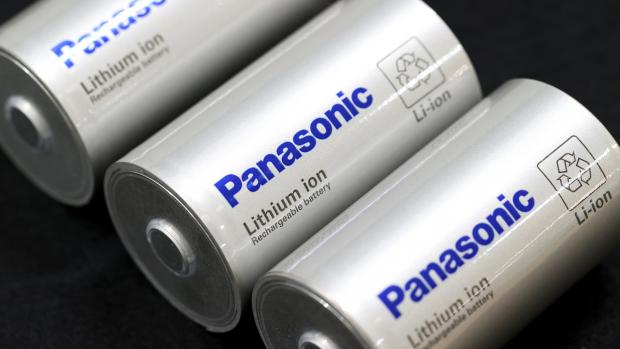
Breaking News
 The New Battle for the Americas: Why the Western Hemisphere Is Becoming a Global...
The New Battle for the Americas: Why the Western Hemisphere Is Becoming a Global...
 EU Sanctions Coming to a Neighborhood Near You
EU Sanctions Coming to a Neighborhood Near You
 World War And The Plan To Control Or Kill Young Western Men
World War And The Plan To Control Or Kill Young Western Men
 Is DIY Spray Foam A Scam? I Tested It On A Shed
Is DIY Spray Foam A Scam? I Tested It On A Shed
Top Tech News
 Travel gadget promises to dry and iron your clothes – totally hands-free
Travel gadget promises to dry and iron your clothes – totally hands-free
 Perfect Aircrete, Kitchen Ingredients.
Perfect Aircrete, Kitchen Ingredients.
 Futuristic pixel-raising display lets you feel what's onscreen
Futuristic pixel-raising display lets you feel what's onscreen
 Cutting-Edge Facility Generates Pure Water and Hydrogen Fuel from Seawater for Mere Pennies
Cutting-Edge Facility Generates Pure Water and Hydrogen Fuel from Seawater for Mere Pennies
 This tiny dev board is packed with features for ambitious makers
This tiny dev board is packed with features for ambitious makers
 Scientists Discover Gel to Regrow Tooth Enamel
Scientists Discover Gel to Regrow Tooth Enamel
 Vitamin C and Dandelion Root Killing Cancer Cells -- as Former CDC Director Calls for COVID-19...
Vitamin C and Dandelion Root Killing Cancer Cells -- as Former CDC Director Calls for COVID-19...
 Galactic Brain: US firm plans space-based data centers, power grid to challenge China
Galactic Brain: US firm plans space-based data centers, power grid to challenge China
 A microbial cleanup for glyphosate just earned a patent. Here's why that matters
A microbial cleanup for glyphosate just earned a patent. Here's why that matters
 Japan Breaks Internet Speed Record with 5 Million Times Faster Data Transfer
Japan Breaks Internet Speed Record with 5 Million Times Faster Data Transfer
Cheap, powerful, high-density EV battery cells set for mass production

Conventional EV packs are typically built around stacks of 2170 cells – 21 mm in diameter, 70 mm in length (0.83 x 2.8 inches). The 4680 cells, as the name suggests, are much fatter and a tad longer at 46 x 80 mm (1.8 x 3.1 inches).
So what's the big deal here? Well, these fatter 4680 cells pack in five times as much energy as their smaller cousins. That doesn't mean you can expect a 500% range boost when you stick them in an EV, but at the system level they do require less supporting material, so they're both lighter and more compact for a given energy capacity.
According to EV Lithium, they should also be able to handle higher instant power levels, meaning better peak power to the wheels and potentially faster charging. They should also deal with heat better, meaning improved efficiency as well as higher sustained power outputs. And finally, they should come out cheaper, helping to reduce the green premium facing car buyers looking to go electric.
This is the same size of cell Tesla announced at its 2020 Battery Day, promising around a 16% boost in range, and 600% boost in peak output power at lower cost. After some serious difficulties, these are now in production – indeed, Tesla has recently moved to a second-generation 4680 'Cybercell' design for the Cybertruck that slashes weight from 70 g down to an impressive 49 g (2.5 oz to 1.7 oz).
Panasonic is yet to publish specs on its 4680 batteries, so we can't yet compare them side by side to see how they stack up – but it's gutted its entire 60,907-square-meter (655,600-sq-ft) factory in Wakayama, Japan and re-fitted it exclusively for 4680 production, which will begin after final evaluations, with as many as 400 staff expected on the lines by March next year.



